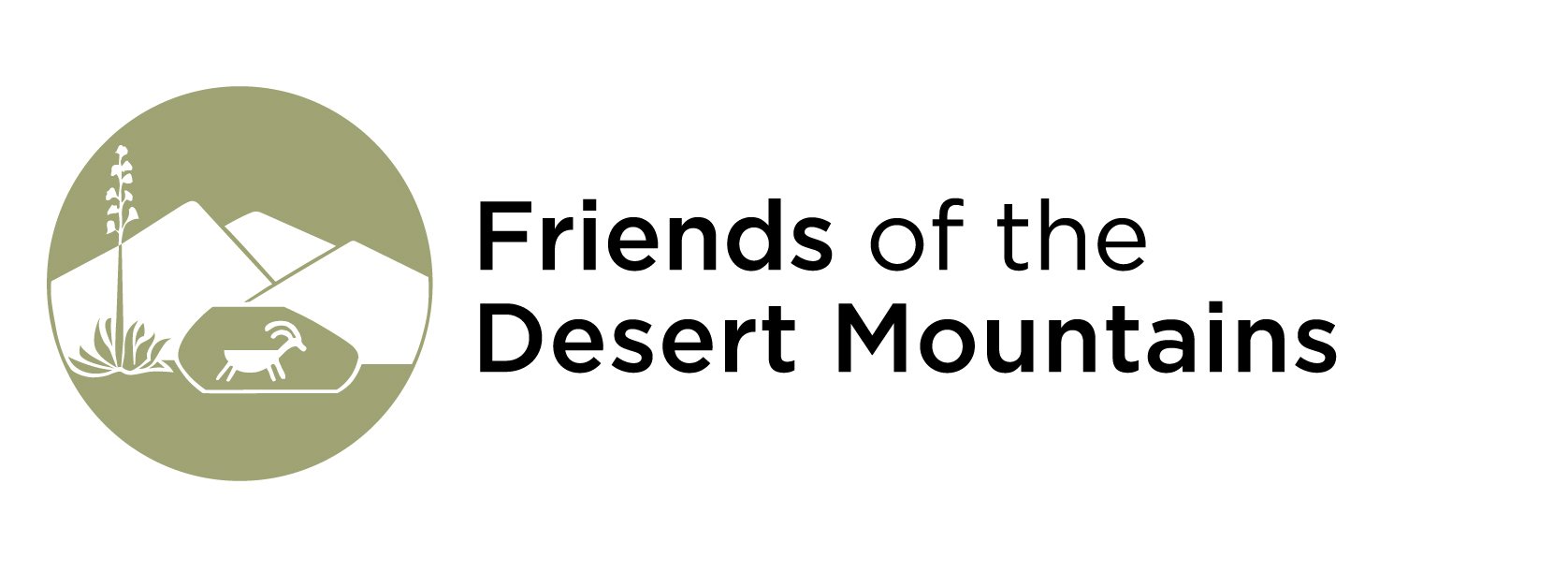Wild Coachella Challenge: Week 1
Thank you for taking the Wild Coachella Challenge! It's been less than a week, and it's so exciting to see the amazing diversity of wildlife people are finding in the wilds of the Coachella Valley. We are already creeping up on 1,000 observations and have more than 250 species observed on the challenge iNaturalist project!
My favorite observation so far is this one: https://www.inaturalist.org/observations/39453176, Lobothallia alphoplaca, the "variable sunken disc lichen". Lichens are a fascinating group of organisms that are generally categorized as fungi, but are actually a symbiotic "composite", combining both plant and fungi cells into a single organism. I remember this today the same way I learned it, on an elementary school nature hike when I was in 5th grade, with this phrase: "Alice Algae and Freddy Fungus took a like'n (lichen) to each other". Lichens are well adapted and surprisingly diverse in the desert - look for them in shady crevices and on north-facing rock faces and decomposing branches.
The Wild Coachella Challenge is about discovering and celebrating the unique plants and animals (and lichens!) that are all around us here in the Coachella Valley, and are part of what makes our home so special, by observing as many species as possible during the month of March. Even if you only have the chance to go outside and identify and record one observation of a wild thing this month, you will be making a connection with nature, and helping all of us understand the world around us just a little bit better.
Hopefully you are able to make more than one observation - that's where the "challenge" comes in. The more observations we all make by the end of the month, the better! While you're busy adding your past observations to iNat, and planning your next observation adventure, here are the rules for the challenge part of the event:
Observations must be of wild life. Pets, zoo animals, people, cool looking rocks, potted and landscaped plants, are not eligible.
Observations must be made in the Coachella Valley. For our purposes, this is the same as the Coachella Valley Multiple Species Habitat Conservation Plan area, which includes the valley floor and surrounding mountains. From the top of the Palm Spring Aerial Tramway, to Whitewater Canyon, to the southern entrance to Joshua Tree National Park and the northern shores of the Salton Sea, it all counts! Read more about the MSHCP.
Observations must be made during the month of March, 2020. There will be a grace period for actually submitting observations. I will wait to tally and announce the "official" results for the challenge on Monday, April 6th.
You must provide evidence for your observation. In most cases, this will be a photo taken with your smartphone, but higher resolution photos and even audio recordings are also welcome.
That's it! At the end of the challenge, we'll be awarding prizes in 4 categories:
Most species observed
Most observations made
Most species observed in the Santa Rosa and San Jacinto Mountains National Monument
Most species observed by a new user (someone who created their iNat account on or after March 1st)
Please feel free to share this email with friends and family and encourage them to participate in the challenge. Also, please respond to this email and let me know what your iNat username is, so I can make sure you get credit.
Thanks again for taking the challenge! I can't wait to see what amazing things you find out there in the desert.
Colin Barrows
Friends of the Desert Mountains
